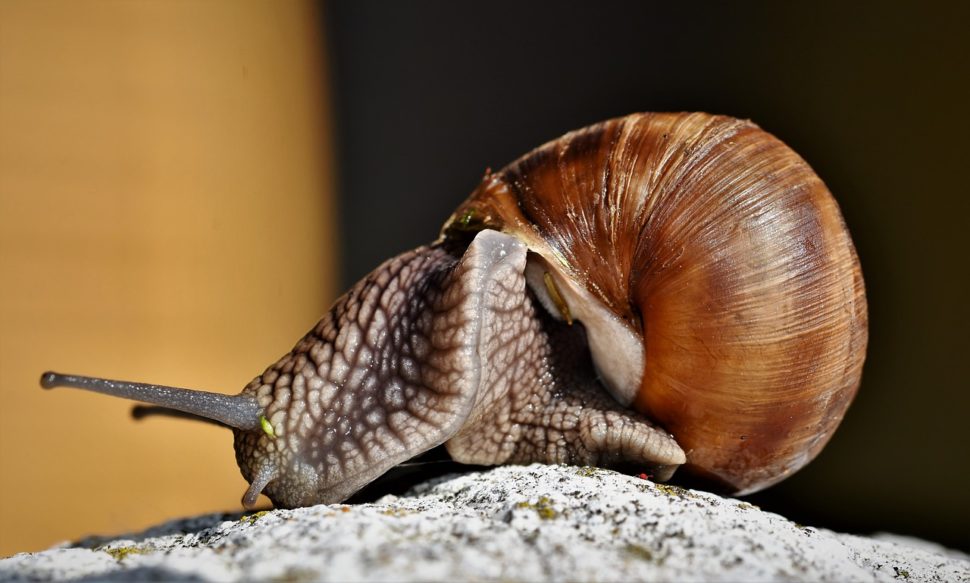A group of scientists from three universities has developed a reversible super-glue, and it was inspired by snail mucus.
Snails often secret mucus that not only to allow them to hold on to rough surfaces, but they could also detach when necessary. Inspired by this aspect of the snail’s skill, some researchers decided to replicate the glue-like substance.
Researchers at the Lehigh University, University of California, and the Korean Institute of Science and Technology came together to create the adhesive material.
Now, here’s the exciting part.
By its very nature, the sticky property of the substance is easily reversible. In other words, you’ll be able to unglue what you glued.
Weak Reversible Glue Vs. Non Reversible Super-glue.
Adhesives have several applications, from industrial to our daily lives.
As lovely as it is to achieve a strong force of adhesion, being able to reverse the adhesion would be super. Unfortunately, creating a material that has the reversibility property has been challenging in the past.
According to professor and founding chair of Lehigh University’s Department of Bioengineering, Anand Jagota, adhesives fall into one of two categories.
We have strong ones, like superglues, that are irreversible. On the other hand, there are the reversible and reusable ones that are often weak.
Consumers have always had to pick between these two. Well, not anymore.
In a paper called “Intrinsically reversible superglues via shape adaptation inspired by snail epiphragm,” the team described how they managed to overcome these limitations.
Speaking about the new adhesive material, Jagota said:
“We report a hydrogel-based, reversible, superglue-like adhesive by combining the benefits of both liquid and dry adhesives in a single material.”
How the Researchers Created a Reversible Super-glue
Snails and other mollusks create the temporary structure – epiphragm – from dried mucus. During periods of inactivity, the snail secrets mucus to reduce water loss and adhere to surfaces such as rocks.
Using this concept, the team created a softened gel, which conformally adapts to the target surface when hydrated.
The sticky property of the substance comes from low-energy deformation. Like the epiphragm of snails, users simply have to leave the target surface to dry for the adhesion to kick in.
The researchers proved that it’s possible to reverse super-strong adhesion in non-structured materials. To do this, you just have to meet the shape adaptation criterion, with as little residual strain energy in the system as possible.
Professor at the University of Pennsylvania and lead author of the study, Shu Yang said:
“We demonstrate that in this system adhesion strength is based on the material’s intrinsic, especially near-surface, properties and not on any near surface structure, providing reversibility and ease of scaling up for practical applications.”
In other words, it doesn’t matter if the surface structure is rough or flat; the adhesive material would still work correctly.



















Comments (0)
Most Recent